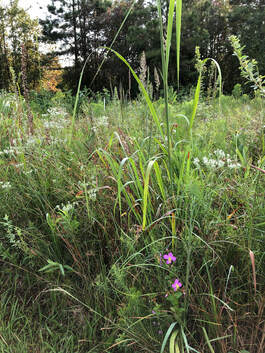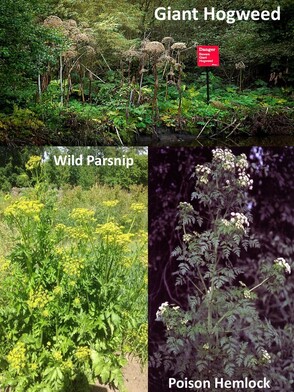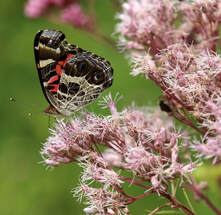CONSERVATION CORNER
A weekly blog for all things conservation
 By: Kevin Brown, Agricultural Team Leader Are you one of those homeowners that have very difficult areas to mow? A bank? A ditch? A wet area? Around trees and obstacles in the lawn? Have you evaluated all the alternatives (not that there are really that many) to deal with this? We could still find a way to get it mowed. This alternative keeps it looking good, but it takes some effort. We could just let it go, and who wants to do that? It looks ugly (to us), right? Or we could just spray it and kill what is there. That sounds like the easiest way to deal with it. No hard work. You only have to do it once (probably). However, do you understand all the ramifications with this option? I am not going to get into the debate of whether sprays are harmful to the environment or not. That is for another time. What I do want to do is give you some cold hard facts about some of the results of doing this.
0 Comments
 By: Dan Rhodes, Education Coordinator In many cases, we here at the Conservation District frown on making blanket statements that describe surprisingly beneficial native wild plants as weeds when they often have important roles to play in the environment. A ‘weed’ plant after all is simply a plant growing on the landscape where it’s unwanted from a human perspective. Many beneficial wildflowers such as goldenrod, New England Aster, jewelweed, ragweed, boneset, Joe-Pye weed, daisy flea-bane and many others, are often removed by private property owners without hesitation in favor of ornamental flowers and plants they deem to be more aesthetically pleasing. The problem with this kind of thinking is that these so-called ‘weed’ plants are incredibly important sources of highly nutritious food for wildlife like deer and as sources of nectar and pollen at critical times for pollinators like honeybees. This all being said, there are dozens of species of invasive plants that are NEVER going to be beneficial in any scenario if they are found growing in Bradford County.  Reprinted from Forest Fridays- a DCNR publication. by Ryan Reed, Natural Resource Program Specialist, Bureau of Forestry. Just a few years ago the topic of Colony Collapse Disorder (CCD) was at the forefront of natural science and media inquiry in Pennsylvania. CCD is the term applied to the sudden deaths of entire honeybee colonies, many of which are domesticated hives. The phenomenon of CCD portended the potential for massive losses of food production capability, as domesticated bees (through pollination) are responsible for a reported one-third of all the food we eat. CCD has no doubt affected food supplies and cost. Research points to multiple reasons for CCD, suggesting a synergistic effect between these factors, which include chemicals like insecticides and herbicides, parasitic mites and other pathogens, and loss of habitat.  Reprint from Forest Fridays, DCNR newsletter. By: Ryan Reed, Natural Resource Program Specialist, Bureau of Forestry. The term “weed” has a very negative connotation in the eyes of most gardeners and horticulture professionals. Merriam-Webster defines a weed as “a plant that is not valued where it is growing.” I’ve spent countless hours, with many a subsequent back ache, pulling weeds in my gardens. They grow relentlessly it seems, and every spring I know the task begins anew. |
AuthorsVarious staff at the Bradford County Conservation District Archives
July 2024
Categories
All
|
|
Bradford County Conservation District
Stoll Natural Resource Center 200 Lake Road, Suite E | Towanda PA 18848 Phone: (570)-485-3144 |
